The sound of my alarm going off at four forty five in the morning is usually something I absolutely dread, but on this particular morning I felt a wave of excitement and adrenaline normally reserved only for special occasions. Given that this was the last day of our tour around the temples of Angkor by tuk-tuk, I was ecstatic to explore one of my favorites – Banteay Srei. As we meandered along the dark paths/roads passing rural Cambodian villages and farmland, I felt the cool morning breeze comforting my face. When we finally did arrive at the temple (this particular temple is one of the furthest away from the central ones) I was in for a real treat.

For the first time in all of the many years I’ve explored the Temples of Angkor, I was the first one to arrive. I couldn’t have wiped the smile off of my face even if you had paid me handsomely. As we wandered around the temple complex we felt as though we were actually exploring the temple rather than touring it. We were even given a special VIP tour (we did pay the guard a bit of money under the table) of an area of the temple that is normally off limits to tourists.
Banteay Srei is considered by many observers to be the ‘crown jewel’ of Khmer art given the elaborate and highly detailed decorative carvings lining its many walls. Built chiefly of red sandstone, this Hindu temple dedicated to the god Shiva was completed in the 10th century. The temple itself was once used as a University for Buddhist scholars. It’s personally one of our favorites in all of Angkor, Cambodia.

Introduction to Banteay Srei
Nestled within the Angkor Archaeological Park, Banteay Srei stands out as a beacon of artistic precision and cultural depth. Often referred to as the “Citadel of the Women,” this temple is dedicated to the Hindu god Shiva, symbolizing both strength and grace.
Meaning of “Banteay Srei” (Citadel of the Women)
The name Banteay Srei translates to “Citadel of the Women” in the Khmer language. This intriguing name is believed to honor a legend about a beautiful woman who resided in the area or to reflect the temple’s exquisite craftsmanship, which was so delicate it was thought to be created by women artisans. Regardless of its origins, the name adds a layer of mystique and allure to the temple’s identity.
Unique Features That Set It Apart from Other Temples
What distinguishes Banteay Srei from other temples in the Angkor complex is its unparalleled level of detail and the use of pink sandstone, which imparts a distinctively vibrant hue to the structures. This softer stone allowed artisans to carve intricate designs with remarkable precision, resulting in some of the most elaborate and finely detailed carvings in Cambodia.
The temple’s layout is meticulously designed, featuring a series of concentric galleries adorned with intricate bas-reliefs depicting scenes from Hindu mythology, celestial beings, and everyday life during the Khmer Empire. Unlike the massive scale of Angkor Wat, Banteay Srei’s smaller size makes its delicate artistry even more pronounced, inviting visitors to appreciate the craftsmanship up close.
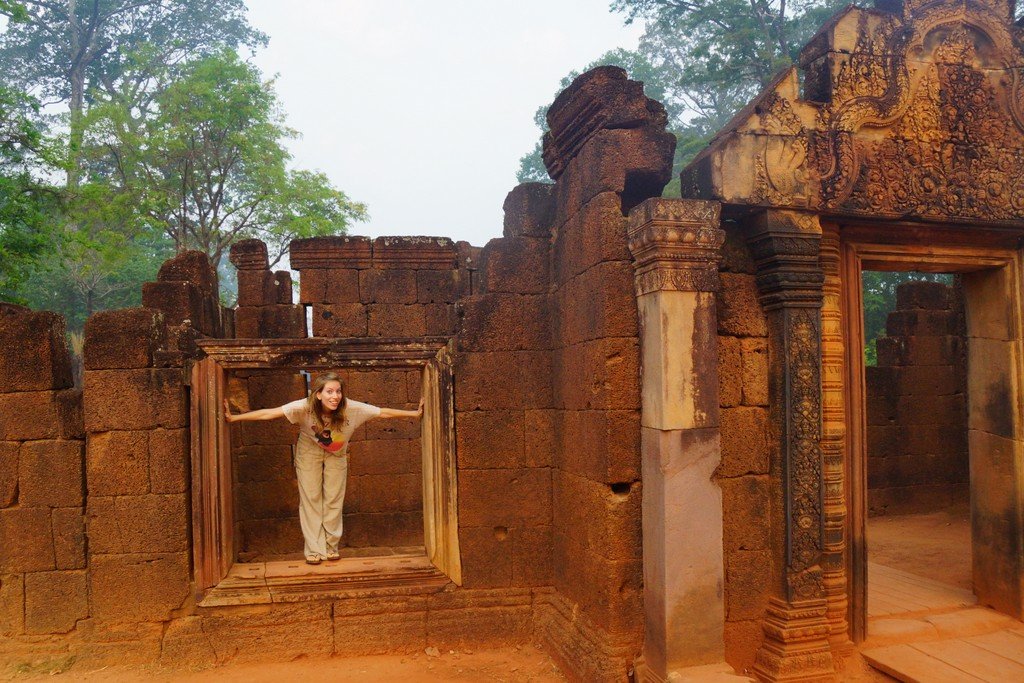
Importance of Banteay Srei
Banteay Srei is not just another temple within the Angkor Park. It is a symbol of the Khmer Empire’s artistic zenith and spiritual dedication. Its architectural and artistic significance, coupled with its cultural and historical relevance, make it a must-visit destination for anyone seeking to understand Cambodia’s rich heritage.
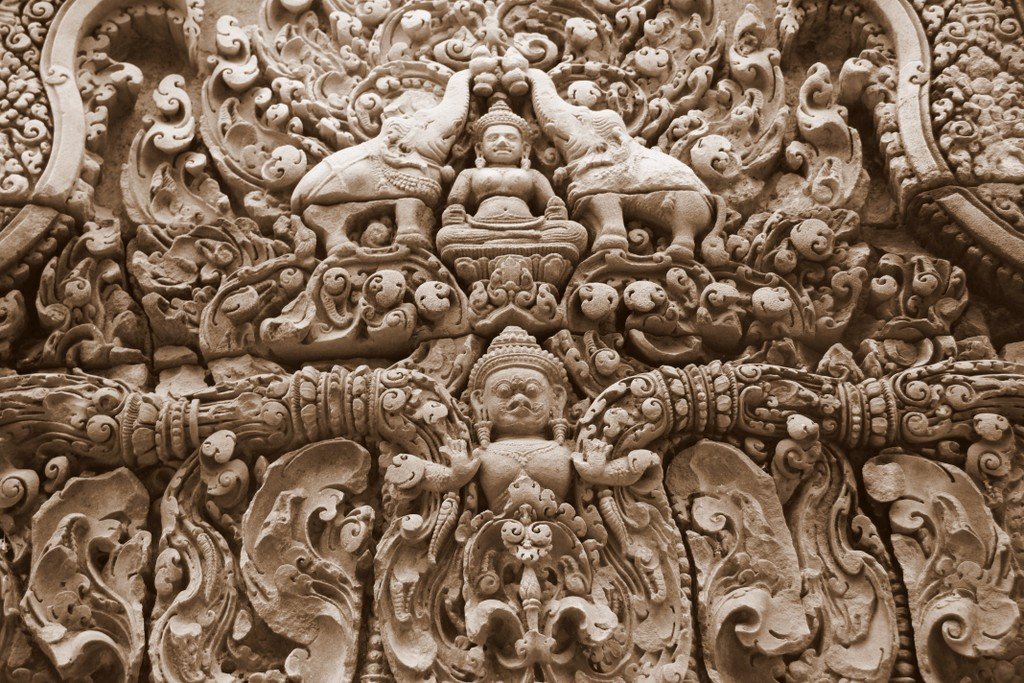
Architectural and Artistic Significance
The architectural design of Banteay Srei reflects the zenith of Khmer art, showcasing an extraordinary level of detail that is rarely seen in other temples. The use of intricate carvings and elaborate bas-reliefs demonstrates the high level of skill possessed by Khmer artisans. These carvings are not only decorative but also serve as visual narratives that convey religious stories, moral lessons, and the cultural ethos of the time.
The temple’s towers, though smaller than those of Angkor Wat, exhibit a graceful elegance with their delicate carvings and refined proportions. The pink sandstone adds a unique aesthetic quality, making Banteay Srei one of the most photogenic and visually stunning temples in the Angkor complex.
Cultural and Historical Relevance
Culturally, Banteay Srei offers a window into the Khmer Empire’s societal values and religious practices. The temple’s dedication to Shiva underscores the prominence of Hinduism in the empire’s spiritual life before the gradual shift to Buddhism. The detailed carvings depict various aspects of life, from grand mythological events to mundane activities, providing invaluable insights into the daily lives and beliefs of the Khmer people.
Historically, Banteay Srei serves as an important piece in understanding the architectural evolution of Khmer temples. Its construction techniques and artistic styles influenced subsequent temple designs, both within Cambodia and in neighboring regions. Preservation efforts have ensured that Banteay Srei remains a pristine example of Khmer artistry, allowing future generations to study and admire its beauty.

Exploring Banteay Srei
Visiting Banteay Srei is like stepping into a realm where art and architecture merge to create a masterpiece of Khmer ingenuity. This section delves into the temple’s architectural marvels, the advantages of guided versus self-guided tours, and essential photography tips to capture its stunning beauty.
Architectural Highlights
Banteay Srei is renowned for its intricate carvings and pink sandstone structures, setting it apart from other temples within the Angkor Archaeological Park. The use of pink sandstone not only gives the temple its distinctive hue but also allows artisans to achieve a level of detail that is unparalleled.
Intricate Carvings and Pink Sandstone Structures
The temple’s walls are adorned with delicate bas-reliefs that showcase the Khmer Empire’s artistic prowess. Every inch of Banteay Srei is covered with elaborate carvings, depicting a myriad of scenes from daily life, religious ceremonies, and celestial beings. The precision and complexity of these carvings reflect the high level of craftsmanship and the meticulous attention to detail that went into constructing the temple.
The pink sandstone used in Banteay Srei’s construction is softer than the granite employed in larger temples like Angkor Wat. This softness facilitated the creation of intricate designs, allowing artisans to carve finer details that would otherwise be impossible with harder stone. The result is a temple that exudes both strength and grace, with every sculpture telling a story of the Khmer people’s devotion and artistic expression.
Notable Reliefs and Sculptures (Hindu Mythology Depictions)
Among the most captivating features of Banteay Srei are the notable reliefs and sculptures that adorn its walls. These carvings primarily depict scenes from Hindu mythology, particularly those related to the god Shiva, to whom the temple is dedicated. Mythological tales such as the churning of the ocean of milk, the battle between gods and demons, and various divine interventions are vividly portrayed in these bas-reliefs.
One of the standout reliefs is the depiction of the Samudra Manthan (churning of the ocean), a significant event in Hindu mythology symbolizing the struggle between good and evil. The intricate detailing in these scenes not only serves a decorative purpose but also acts as a visual narrative, conveying complex stories and spiritual teachings to visitors and worshippers alike.
The sculptures of celestial dancers, deities, and mythical creatures further enhance the temple’s spiritual ambiance. Each carving is a testament to the Khmer Empire’s ability to intertwine art with spirituality, creating a sacred space that continues to inspire awe and reverence.
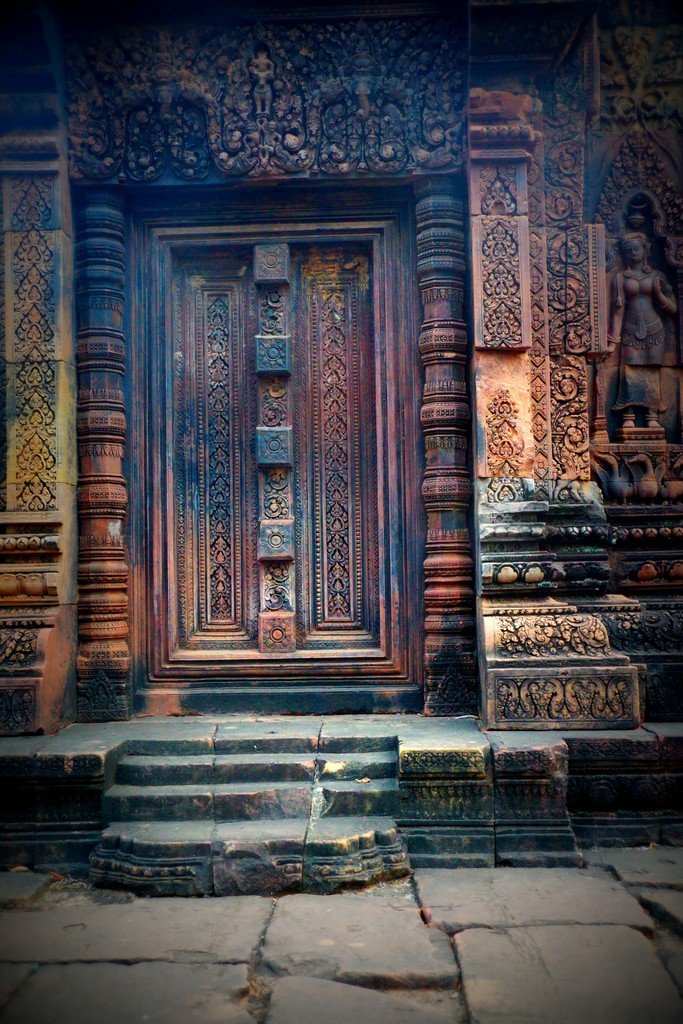
Guided Tours vs. Self-Guided Exploration
When it comes to exploring Banteay Srei, travelers often face the choice between guided tours and self-guided exploration. Each approach offers unique benefits, catering to different preferences and travel styles.
Benefits of Hiring a Local Guide
Opting for a guided tour provides several advantages. Local guides possess in-depth knowledge of Banteay Srei’s history, architecture, and cultural significance. They can offer detailed explanations of the intricate carvings and the stories behind each relief, enriching your understanding of the temple’s context within the Khmer Empire.
Guides can also navigate the temple grounds efficiently, ensuring you don’t miss any significant spots. Their expertise can enhance your visit by pointing out hidden details and providing insights that might not be immediately apparent to untrained eyes. Additionally, hiring a guide supports the local economy and fosters cultural exchange, allowing you to connect more deeply with the Cambodian heritage.
Availability of Informational Materials and Maps
For those who prefer self-guided exploration, Banteay Srei offers ample informational materials and maps. These resources can help you navigate the temple at your own pace, allowing for a personalized experience. Brochures and detailed maps are available at the entrance, highlighting key areas of interest and providing historical context.
Self-guided tours offer flexibility, enabling you to spend more time in areas that particularly captivate you or to explore the temple during quieter hours. This approach is ideal for independent travelers who enjoy charting their own course and delving into the details that interest them most.
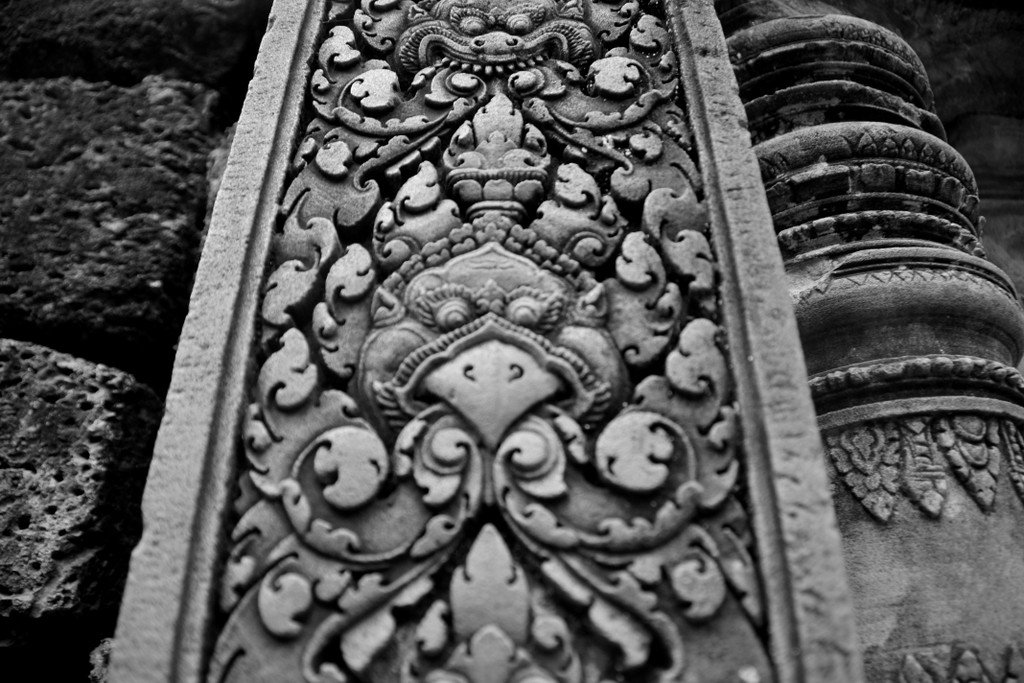
Photography Tips
Capturing the beauty of Banteay Srei through photography can be incredibly rewarding. Here are some photography tips to help you make the most of your visit.
Best Spots for Capturing the Temple’s Beauty
To truly showcase Banteay Srei’s architectural splendor, seek out vantage points that offer comprehensive views of the temple. The main entrance provides a grand perspective, allowing you to capture the full scale of the structure against the backdrop of the surrounding jungle. Additionally, exploring the temple grounds can lead you to hidden corners and intricate details that make for stunning close-up shots.
The central sanctuary, with its elaborate carvings and serene ambiance, is another prime spot for photography. Here, you can focus on the intricate designs and the interplay of light and shadow that accentuate the temple’s artistic features.
Lighting Considerations Throughout the Day
Lighting plays a crucial role in photography, especially in a setting as visually rich as Banteay Srei. Early morning and late afternoon offer the best natural light, casting a warm glow on the pink sandstone and highlighting the carvings’ textures. These times also provide softer shadows, enhancing the depth and dimension of your photos.
Midday sun can be harsh, creating stark contrasts and deep shadows that may obscure some details. If you find yourself photographing during these hours, consider using a polarizing filter to reduce glare and enhance colors. Additionally, the temple’s shaded areas and intricate carvings can still provide ample opportunities for creative and detailed shots, even under intense sunlight.
Night photography at Banteay Srei is also possible, especially if the temple is illuminated. The contrast between the lit structures and the dark sky can create dramatic and captivating images. However, ensure you have the appropriate equipment, such as a tripod, to stabilize your camera during longer exposures.
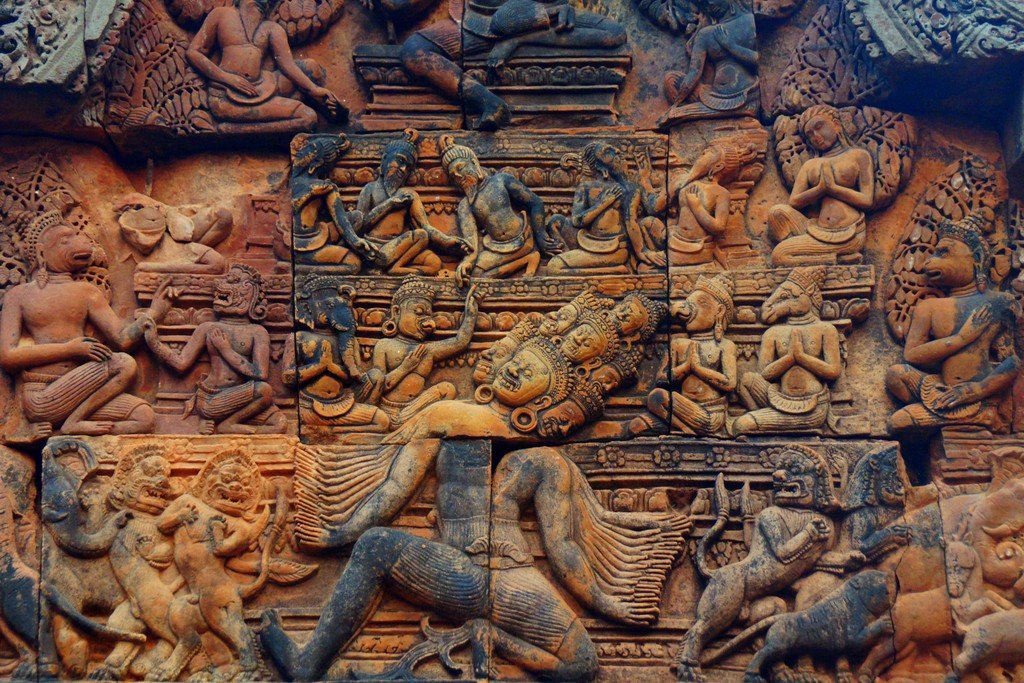
Nearby Attractions and Activities
While Banteay Srei is undoubtedly a highlight of the Angkor Archaeological Park, the surrounding area is brimming with additional attractions that enrich your visit. From ancient river carvings to serene temples and poignant historical sites, these nearby destinations offer diverse experiences that complement your exploration of Banteay Srei.
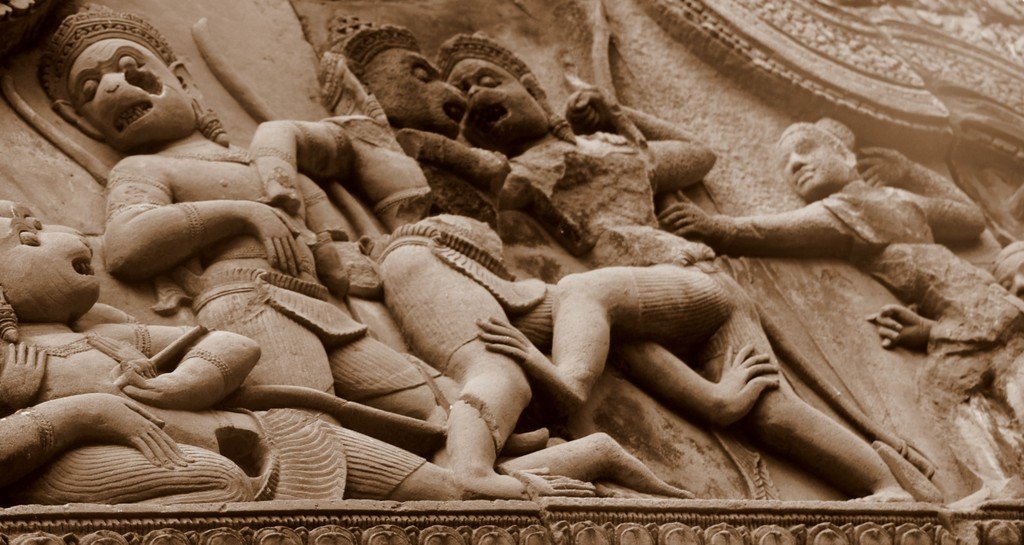
Kbal Spean (The River of a Thousand Lingas)
Often referred to as the “River of a Thousand Lingas,” Kbal Spean is a must-visit site for those interested in both natural beauty and historical significance. Nestled along the pristine waters of the Seima River, this sacred site features intricate carvings that adorn the riverbed and surrounding rocks, creating a stunning display of Khmer artistry intertwined with nature.
Hiking Details and What to Expect
Reaching Kbal Spean requires a scenic hike that takes you through lush jungles and rugged terrain. The journey typically begins at a trailhead near Banteay Srei, extending approximately 5 kilometers one way. The hike can be moderately challenging, involving uneven paths and river crossings, so wearing sturdy footwear and carrying sufficient water is essential.
As you trek alongside the river, you’ll encounter numerous lingas—symbolic representations of the Hindu god Shiva—etched into the rocks. These carvings, along with depictions of celestial beings and mythical creatures, narrate stories from Hindu mythology and reflect the spiritual significance of the area. The tranquil environment and the rhythmic sound of flowing water create a meditative atmosphere, making the hike both physically rewarding and spiritually uplifting.
Historical and Cultural Significance
Kbal Spean holds profound cultural importance as a sacred pilgrimage site for the Khmer people. The intricate carvings are believed to be offerings to Shiva, intended to invoke blessings and ensure prosperity. The site also serves as a testament to the Khmer Empire’s dedication to blending architectural prowess with natural landscapes, creating spaces that honor their deities while celebrating the beauty of their surroundings.
Visiting Kbal Spean provides a deeper understanding of the religious and cultural fabric of the Khmer civilization. It offers a unique perspective on how the ancient builders harmonized their spiritual beliefs with the natural world, leaving behind a legacy of art and devotion that continues to inspire awe today.
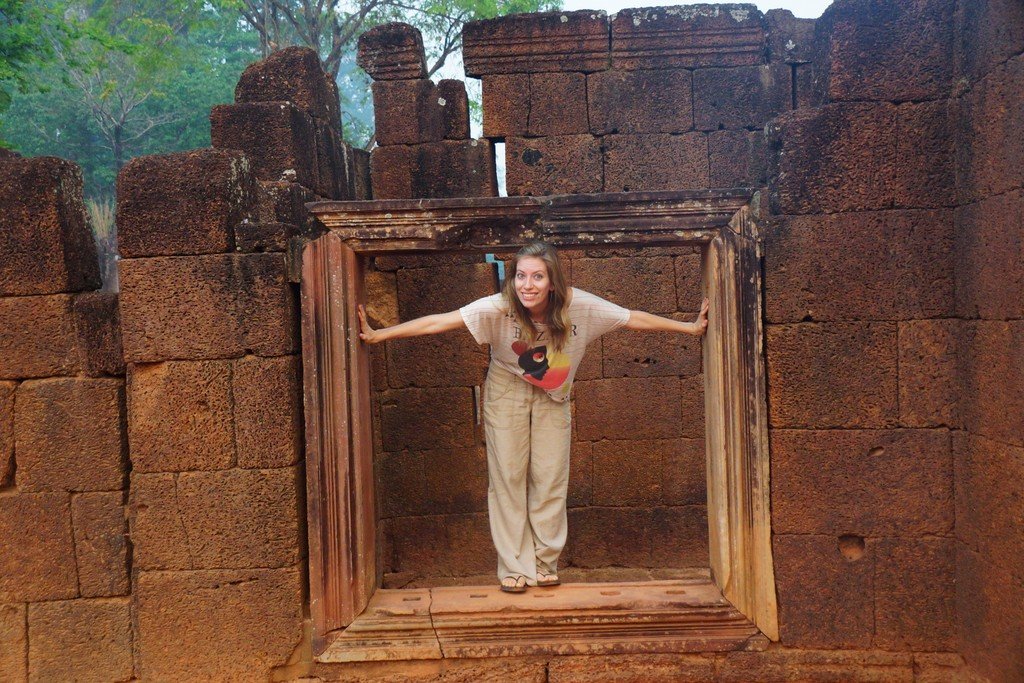
Banteay Samré Temple
Just a short distance from Banteay Srei lies Banteay Samré, another gem within the Angkor Archaeological Park. Often overshadowed by its more famous neighbor, Banteay Samré offers a more intimate and tranquil temple experience, making it an excellent choice for those seeking to escape the crowds.
Architectural Similarities and Differences with Banteay Srei
While Banteay Samré shares some architectural features with Banteay Srei, such as the use of pink sandstone and intricate carvings, it boasts its own unique characteristics. The temple is smaller and less ornate, yet it exhibits a refined elegance that highlights the Khmer Empire’s architectural diversity. The layout of Banteay Samré includes multiple levels and galleries, each adorned with detailed bas-reliefs that depict scenes from Hindu mythology and daily life during the empire’s zenith.
One notable difference is the temple’s emphasis on verticality. Banteay Samré features taller towers and steeper staircases, creating a sense of grandeur despite its modest size. The carvings here are equally impressive, though they often portray more subdued and serene scenes compared to the vibrant depictions found in Banteay Srei.
Less Crowded Alternative for Temple Exploration
For travelers looking to explore temples without the hustle and bustle, Banteay Samré is an ideal destination. Its relative seclusion ensures a peaceful visit, allowing you to fully appreciate the architectural details and the serene ambiance. Wandering through its corridors and courtyards, you can immerse yourself in the tranquility that defines this lesser-known temple, making it a perfect complement to the more bustling sites within the Angkor Park.
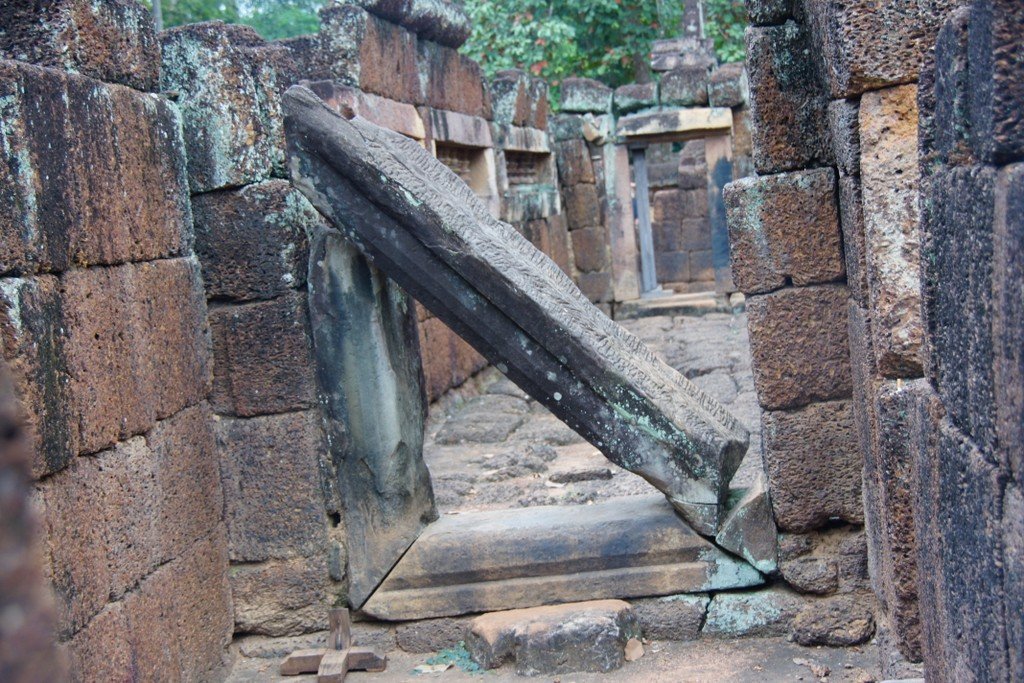
Cambodian Landmine Museum
Beyond the ancient temples, the Cambodian Landmine Museum offers a poignant and educational experience that sheds light on Cambodia’s more recent and tumultuous history. Located a short drive from Banteay Srei, this museum provides invaluable insights into the devastating impact of landmines and the ongoing efforts to rehabilitate affected communities.
Educational Insights into Cambodia’s Recent History
The Cambodian Landmine Museum is dedicated to raising awareness about the widespread use of landmines during periods of conflict, particularly the Khmer Rouge regime and subsequent civil wars. The museum features a comprehensive collection of artifacts, photographs, and personal stories that illustrate the human cost of landmine contamination. Interactive exhibits highlight the challenges faced by survivors and the efforts of various organizations to clear mines and support affected individuals.
Visiting the museum offers a sobering but essential understanding of Cambodia’s struggle with landmines, emphasizing the importance of humanitarian aid and international cooperation in addressing such issues. It serves as a reminder of the resilience of the Cambodian people and the ongoing journey toward healing and reconstruction.
Location and Visiting Information
Situated near the small town of Santuk, the Cambodian Landmine Museum is accessible by tuk-tuk or private taxi from Banteay Srei. The museum is open daily, typically from 8 AM to 5 PM, providing ample time for visitors to explore its exhibits at their own pace. Admission fees are modest, with proceeds often supporting landmine clearance and victim assistance programs.
Guided tours are available, offering deeper insights into the exhibits and facilitating a more comprehensive understanding of the subject matter. Whether you’re a history enthusiast, a humanitarian advocate, or simply seeking to broaden your knowledge, the Cambodian Landmine Museum is a meaningful addition to your itinerary.
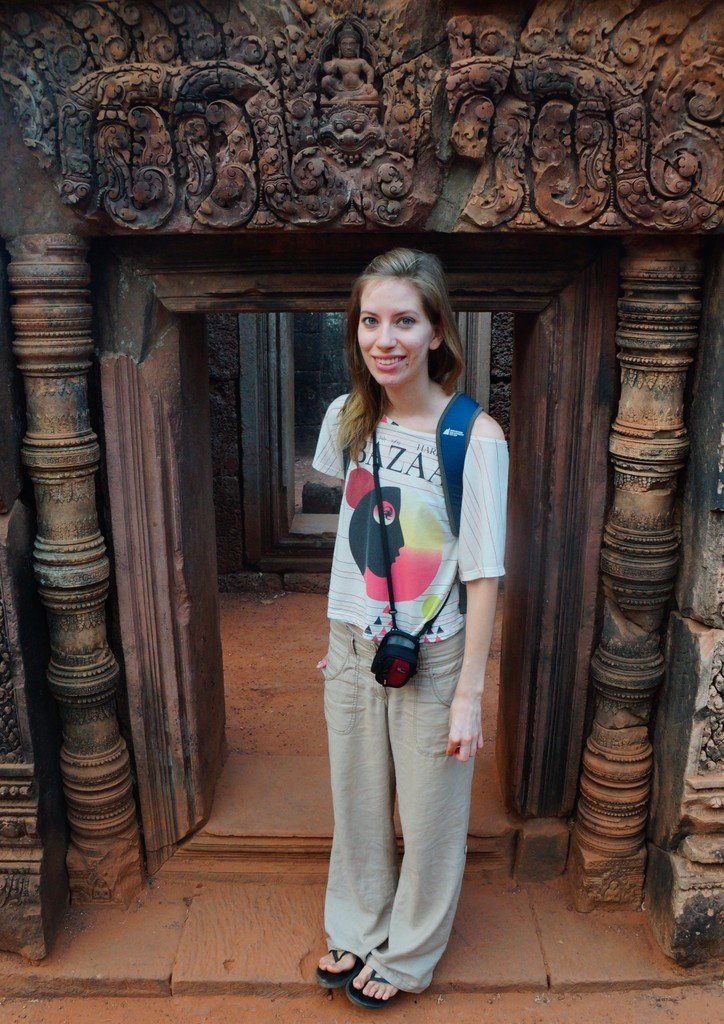
Planning Your Visit To Banteay Srei
Proper planning is essential to fully appreciate the beauty and significance of Banteay Srei within the Angkor Archaeological Park. From understanding its location and accessibility to choosing the best time to visit and navigating entry fees, this section provides comprehensive guidance to ensure a seamless and enjoyable experience.
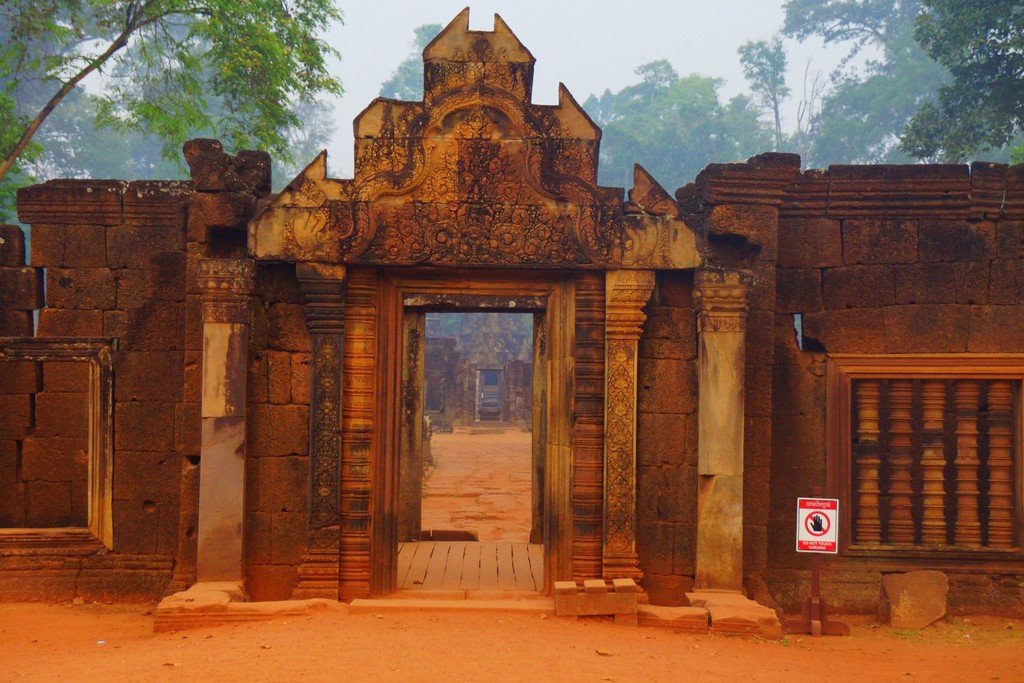
Location and Accessibility
Distance from Siem Reap
Located approximately 25 kilometers (15 miles) northeast of Siem Reap, Banteay Srei is conveniently situated for travelers exploring the Angkor temples. The relatively short distance makes it an accessible day trip from the bustling town of Siem Reap, which serves as the primary gateway to the Angkor Archaeological Park.
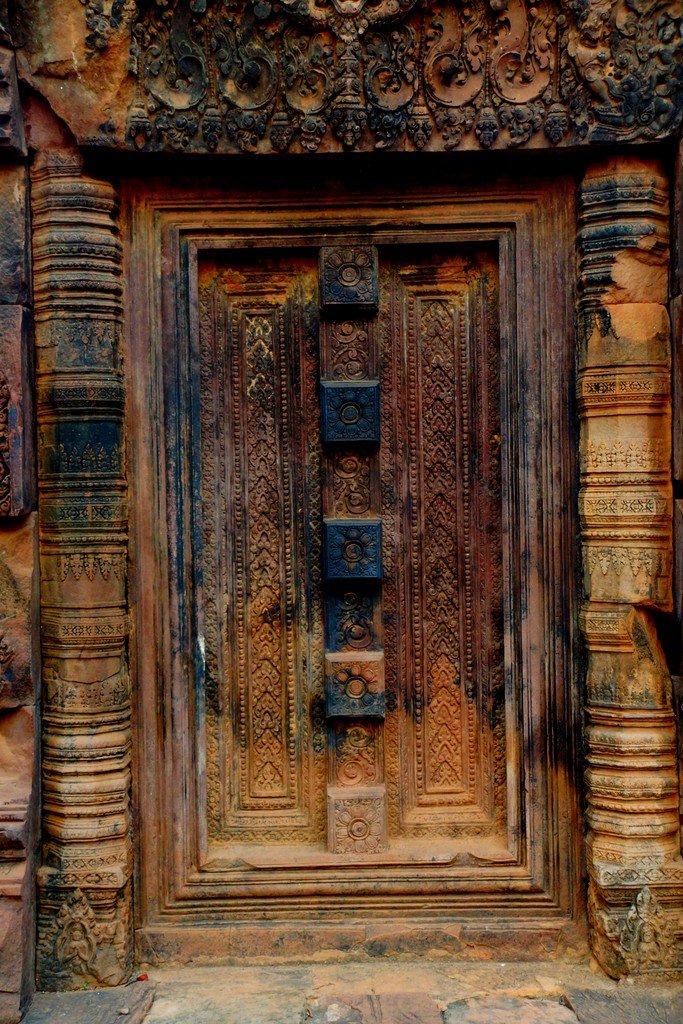
Transportation Options
Reaching Banteay Srei from Siem Reap offers several transportation options, each catering to different preferences and budgets.
Tuk-Tuk: One of the most popular and flexible ways to travel is by tuk-tuk. These motorized rickshaws are readily available throughout Siem Reap and can be hired for a round trip or for a few hours of exploration. Tuk-tuks offer the advantage of door-to-door service and the opportunity to stop along the way for photos or refreshments.
Taxi: For those seeking a more comfortable and private journey, taxis are a viable option. Many local taxi services offer daily rates that include transportation to and from Banteay Srei. While slightly more expensive than tuk-tuks, taxis provide a hassle-free experience with air-conditioned comfort, which can be particularly appealing during the hot Cambodian afternoons.
Bicycle: For the adventurous and eco-conscious traveler, renting a bicycle offers a unique and intimate way to reach Banteay Srei. The scenic route takes you through rural landscapes, providing a closer connection to the Cambodian countryside. Cycling also allows for flexibility in timing and the ability to explore at your own pace. However, it’s advisable to start early in the morning to avoid the midday heat.
Guided Tours: Joining a guided tour is another excellent option, especially for those interested in learning more about the temple’s history and significance. Guided tours typically include transportation, entrance fees, and the expertise of a knowledgeable guide who can provide in-depth insights and ensure you make the most of your visit. This option is ideal for first-time visitors or those who prefer a structured itinerary.
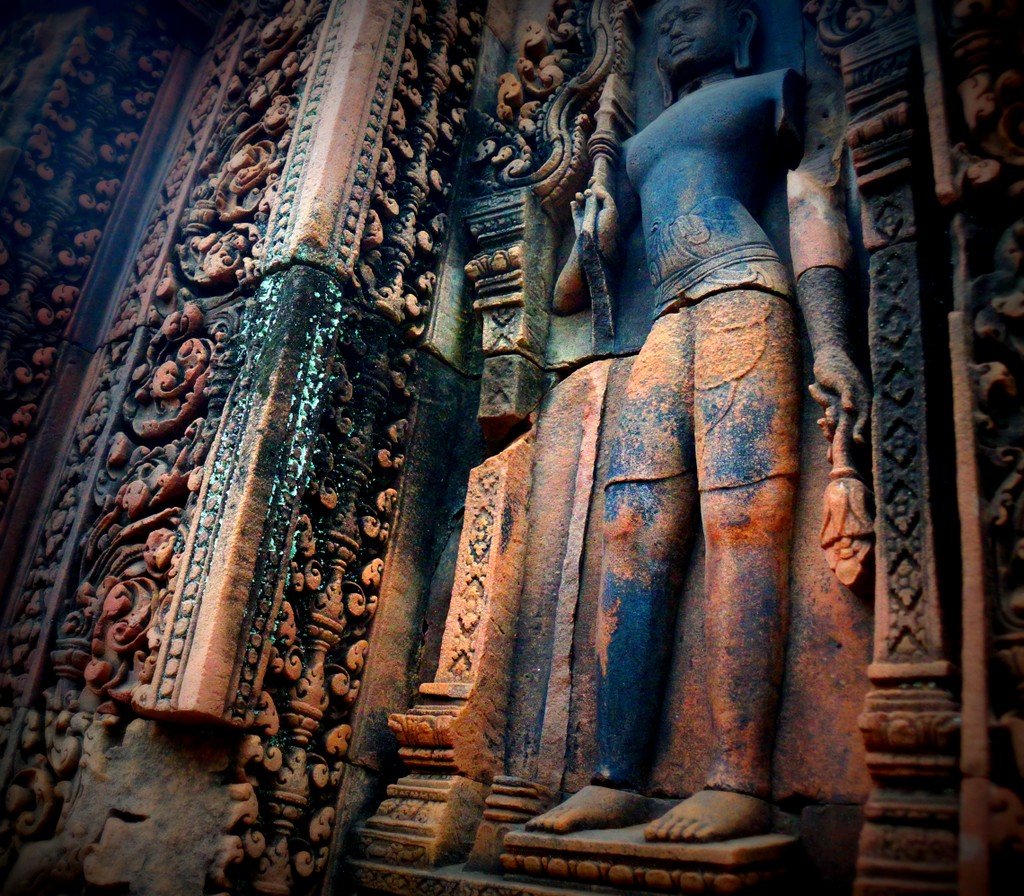
Best Time to Visit
Weather Considerations (Dry vs. Rainy Season)
Cambodia experiences a tropical climate with distinct dry and rainy seasons, each influencing the best times to visit Banteay Srei.
Dry Season (November to April): The dry season is generally considered the best time to visit Banteay Srei. During these months, the weather is more predictable with minimal rainfall, making outdoor activities more enjoyable. Temperatures range from 25°C to 35°C (77°F to 95°F), with cooler mornings and evenings, especially between November and February.
Rainy Season (May to October): While the rainy season brings lush greenery and fewer tourists, it also means higher humidity and frequent downpours. Visiting during this period can be rewarding for those who appreciate the temple’s vibrant surroundings and are prepared for occasional rain. However, heavy rains can sometimes lead to muddy paths and limited visibility for detailed exploration.
Optimal Times of Day to Avoid Crowds and Capture Photos
Timing your visit can significantly enhance your experience at Banteay Srei, both in terms of tranquility and photographic opportunities.
Early Morning: Arriving at sunrise offers the dual benefits of cooler temperatures and soft, golden light perfect for photography. The temple grounds are generally quieter in the early hours, allowing for a more peaceful exploration and unobstructed views of the intricate carvings.
Late Afternoon: Visiting in the late afternoon, a few hours before sunset, provides another window of optimal lighting. The warm hues of the setting sun illuminate the pink sandstone, creating stunning contrasts and shadows that highlight the temple’s architectural details. Additionally, crowds tend to thin out as the day progresses, offering a more serene atmosphere.
Avoiding Peak Hours: Midday visits, especially during the dry season, can be challenging due to intense heat and larger tourist groups. If you prefer a more relaxed experience, plan your visit either early in the morning or later in the afternoon to avoid the peak hours when the temple is most crowded.
Entry Fees and Passes
Angkor Pass Details (1-day, 3-day, 7-day Passes)
Access to Banteay Srei is included within the Angkor Pass, which grants entry to all temples within the Angkor Archaeological Park. The pass offers flexibility based on your travel plans and the extent of your exploration.
- 1-Day Pass: Priced at $37 USD, this pass is suitable for travelers who have limited time and wish to visit a few key temples, including Angkor Wat and Banteay Srei.
- 3-Day Pass: At $62 USD, the 3-day pass provides ample time to explore a broader range of temples, allowing for a more comprehensive experience of the park’s diverse sites.
- 7-Day Pass: For those planning an extended stay or wanting to delve deeply into the history and architecture of Angkor, the 7-day pass is available for $72 USD. This option is ideal for history enthusiasts and avid photographers who wish to revisit their favorite temples or discover hidden gems.
Additional Costs Specific to Banteay Srei, if Any
While the Angkor Pass covers entry to Banteay Srei, there are a few additional considerations to keep in mind:
Local Guides: Hiring a local guide at Banteay Srei is not mandatory but highly recommended for a richer understanding of the temple’s history and significance. Guides typically charge around $10 to $15 USD for a one-hour tour, providing valuable insights and answering questions that can enhance your visit.
Photography Permits: Generally, there are no additional fees for photography at Banteay Srei. However, certain areas within the temple complex may have restrictions to preserve their integrity. It’s advisable to check with the Visitor Center or your guide for any specific guidelines regarding photography.
Transportation Costs: Depending on your chosen mode of transportation, there may be extra costs. For instance, tuk-tuk or taxi fares to Banteay Srei can range from $10 to $20 USD each way, depending on your negotiation skills and the season.
Refreshments and Amenities: While Banteay Srei offers limited amenities, bringing your own water, snacks, and sun protection is advisable. Purchasing refreshments at local vendors can incur additional expenses, though the costs are generally minimal.
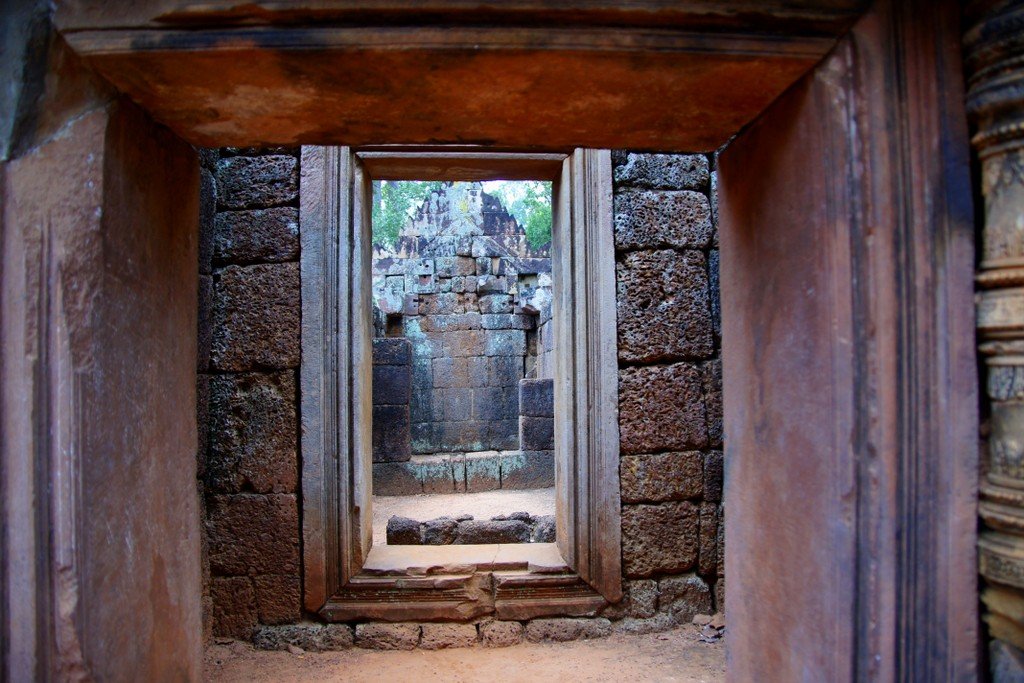
Recap of the Banteay Srei Experience
Banteay Srei stands out within the Angkor complex for its exquisite detail and vibrant pink sandstone. Unlike the grandiose scale of Angkor Wat, Banteay Srei captivates with its intricate carvings and delicate craftsmanship. Every inch of the temple is adorned with elaborate bas-reliefs that narrate stories from Hindu mythology, showcasing the Khmer Empire’s artistic prowess and spiritual devotion.
While the main temples of Angkor Wat and Angkor Thom attract the majority of visitors, venturing to lesser-known sites like Banteay Srei enriches your travel experience in meaningful ways. Exploring these hidden gems offers several benefits that enhance your understanding and appreciation of Cambodia’s heritage.
Benefits of visiting lesser-known sites include:
- Authentic Experiences: Smaller temples often provide a more genuine and less crowded environment, allowing for a more personal and immersive visit.
- Unique Insights: Each temple has its own distinct architectural features and historical narratives, offering diverse perspectives on the Khmer Empire’s evolution.
- Photographic Opportunities: With fewer tourists, you can capture the intricate details and serene beauty of these sites without the distraction of large crowds.
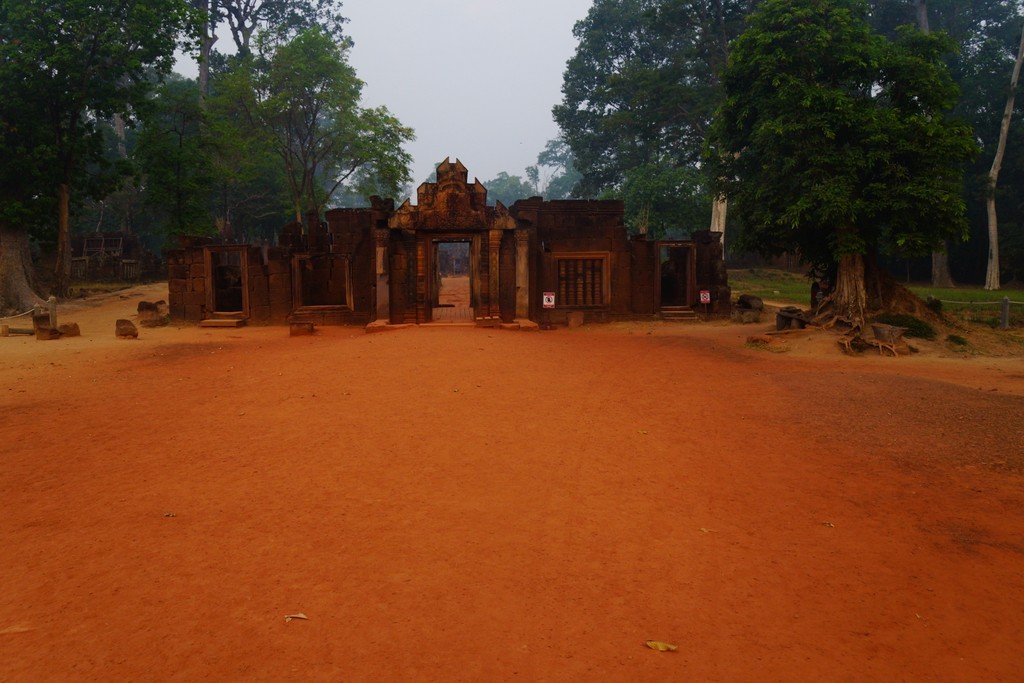
Final Thoughts and Recommendations
To make the most of your visit, consider the following recommendations:
- Early Planning: Book your trip during the dry season (November to April) to enjoy optimal weather conditions and avoid the intense midday heat.
- Guided Tours: Hiring a local guide can enhance your understanding of the temple’s intricate details and historical context, providing a deeper appreciation of your visit.
- Respectful Exploration: Adhere to cultural etiquettes and conservation guidelines to preserve the temple’s integrity for future generations.
For those seeking to delve deeper into the history and significance of Banteay Srei, numerous resources are available:
- Official Angkor Wat Website: Offers comprehensive information on temple locations, entry fees, and visitor guidelines.
- Guidebooks: Titles such as “Angkor: Cambodia’s Wonderful Ancient Temples” provide detailed insights and photographic guides.
- Local Experts: Engaging with local historians or joining specialized tours can offer nuanced perspectives and hidden stories about the temple and its surroundings.


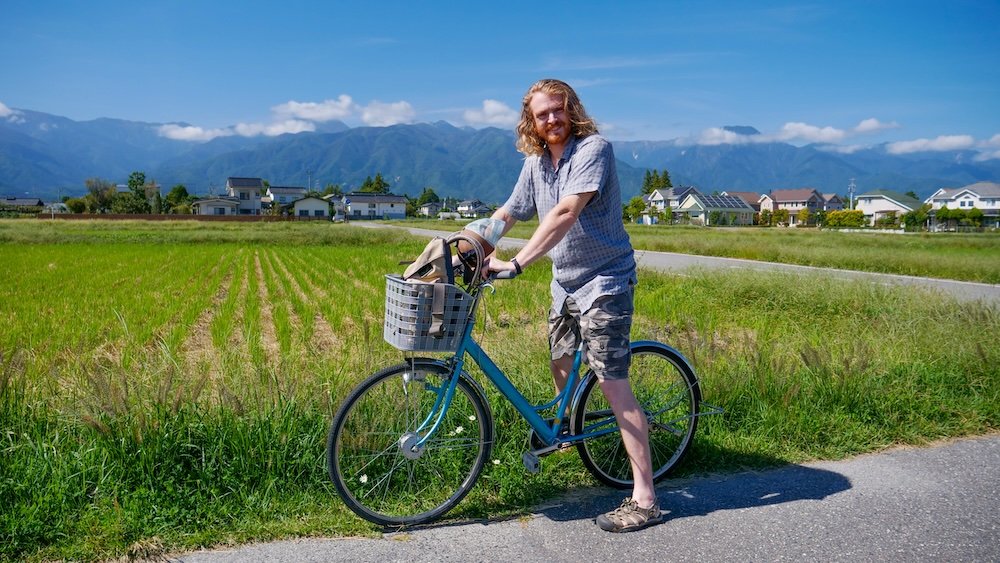
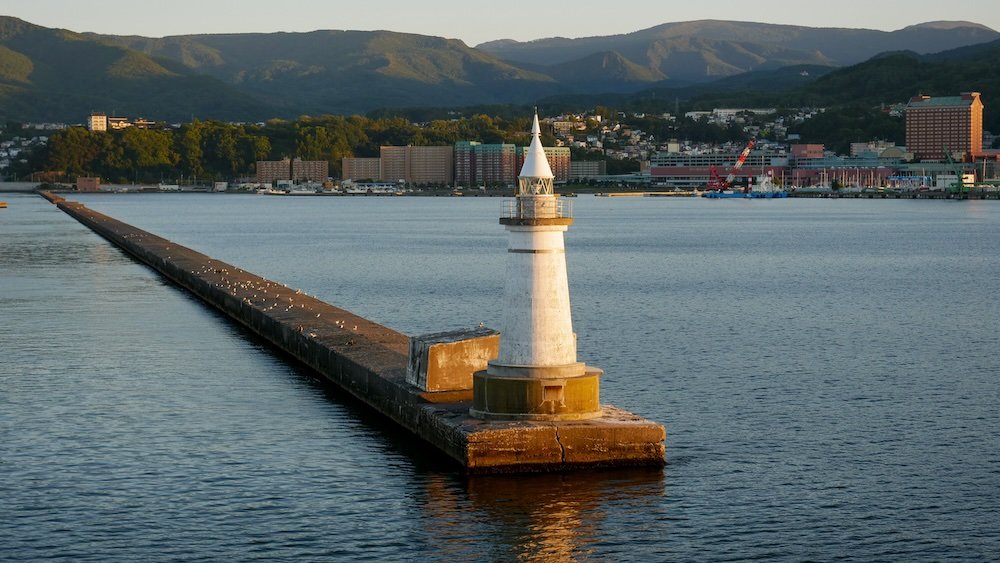
Thank’s for sharing the photos of Banteay Srei. My wife and I visited the temples in 2011, but we missed the Banteay Srei temple. In September we will be going back to Siem Reap with our adult daughter, and after seeing your photos, we will surly visit Banteay Srei. My daughter and I love photography, and will travel with (2) Canon 5D 2’s. Thanks again for the beautiful photos.
Distance from Siem Reap to Banteay Srei is 37km (55 minutes by car, over an hour by Tuk Tuk and three hours and a half by bicycle). From Siem Reap, take Sivatha Road and continue until you reach the Angkor Wat Moat. Turn right, and continue past Srah Srang, turning right along the north edge of the reservoir, until you reach Pre Rup as the road turns North again. Turn right before the East Mebon towards Preah Dak village and then turn right again at the junction. Follow north and you will arrive to the point where the road splits into three lanes. Take the one on the left and follow it all the way to Banteay Srei which you will reach shortly after crossing a river. You can visit Banteay Srei at any time of the day although at early morning and midday there will be fewer visitors.You can combine a visit to Banteay Srei with other Siem Reap temples further afield .
Distance from Siem Reap to Banteay Srei is 37km (55 minutes by car, over an hour by Tuk Tuk and three hours and a half by bicycle). From Siem Reap, take Sivatha Road and continue until you reach the Angkor Wat Moat. Turn right, and continue past Srah Srang, turning right along the north edge of the reservoir, until you reach Pre Rup as the road turns North again. Turn right before the East Mebon towards Preah Dak village and then turn right again at the junction. Follow north and you will arrive to the point where the road splits into three lanes. Take the one on the left and follow it all the way to Banteay Srei which you will reach shortly after crossing a river. You can visit Banteay Srei at any time of the day although at early morning and midday there will be fewer visitors.You can combine a visit to Banteay Srei with other Siem Reap temples further afield .
WOW! Incredible series of photos!
This is something I would love to see in person!
The intricate carving – wow!
The color definitely makes this one stand out from the photos of other temples I have seen.
It does, Stephanie. It’s a lot richer in colour because of the sandstone that was used. 🙂
This is one of my favourite temples of the region – thanks for sharing your pictures of the beautiful carvings! Lots of people miss the lesser known temples in favour of ‘sunrise at Angkor Wat’ but always worth getting out to the further reaches of the area for gems like this!
Thanks Kerry! You’re absolutely right about that! The hidden gems are those temples on the outskirt areas.
Timeless beauty within those walls.
I often wonder how it is that so much detail could exist despite the ravages of time, weather, war.
Wow!
Thanks Maria!
That truly is incredible. These temples have survived so much over the years it’s truly mind boggling.
Amazing photos Sam! I am planning to visit Cambodia in September / October and cannot wait to see these temples, looks like you and Audrey had a wonderful time 🙂
Thanks Emma! That’s so exciting you’ll be visiting the temples soon. I have a feeling you’ll absolutely find them fascinating.
Fantastic pictures although it seems rather small in size?
Thanks Nat! I’m going to have to look into that. I think I made them 1000×1000 but maybe not 🙁
Wow, I can definitely see why this is one of your favorite temples. Amazing architecture and details.
Thanks Jenna! It truly is one of the more impressive temples of Angkor 🙂